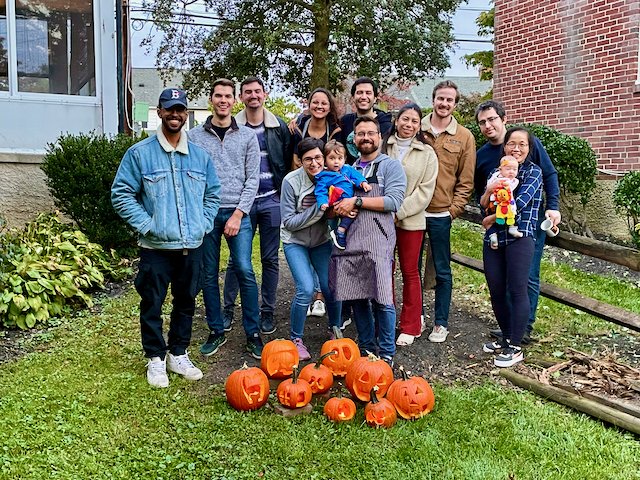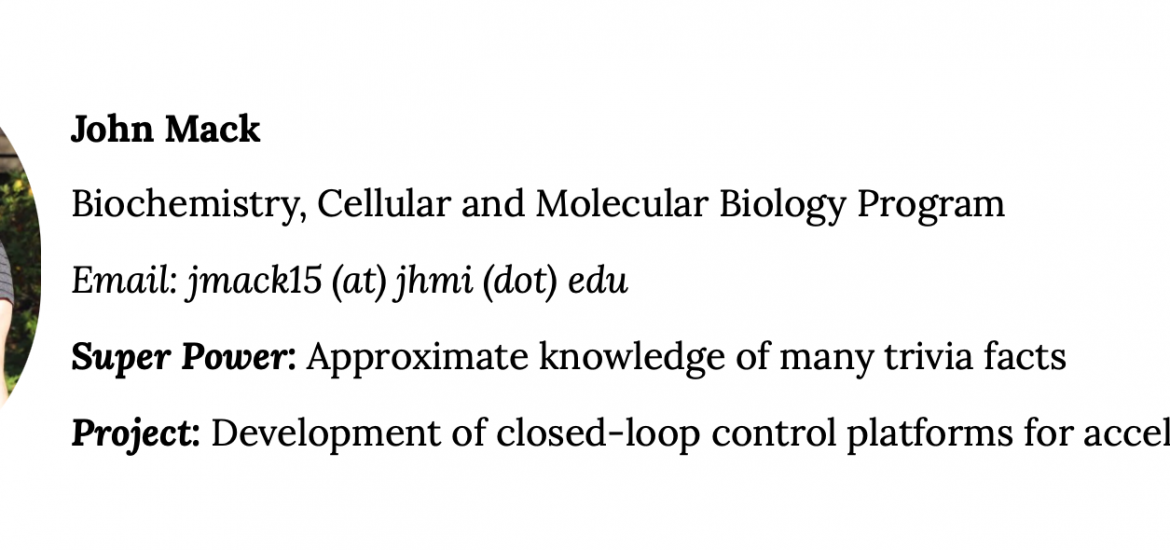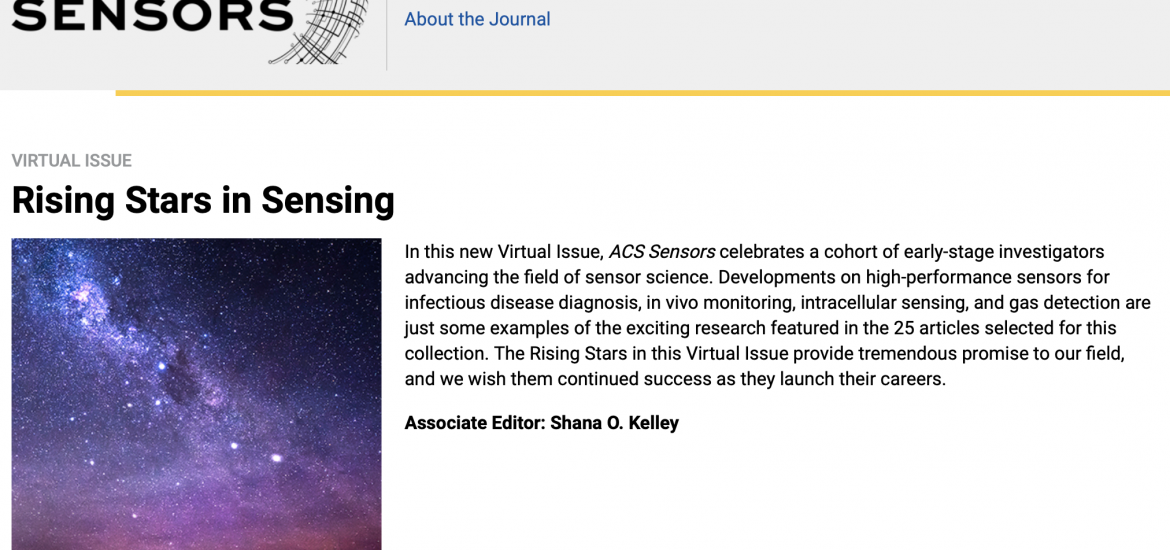Netz Lab News
In his thesis work, Alexander Shaver from @LabNetz is exploring the mechanisms behind the progressive degradation of DNA monolayers on gold surfaces. Check out his new opinion piece at this link:
https://www.sciencedirect.com/science/article/pii/S245191032100
We are hosting a symposium on Wearable and Implantable Technologies at the ACS Fall Meeting 2021
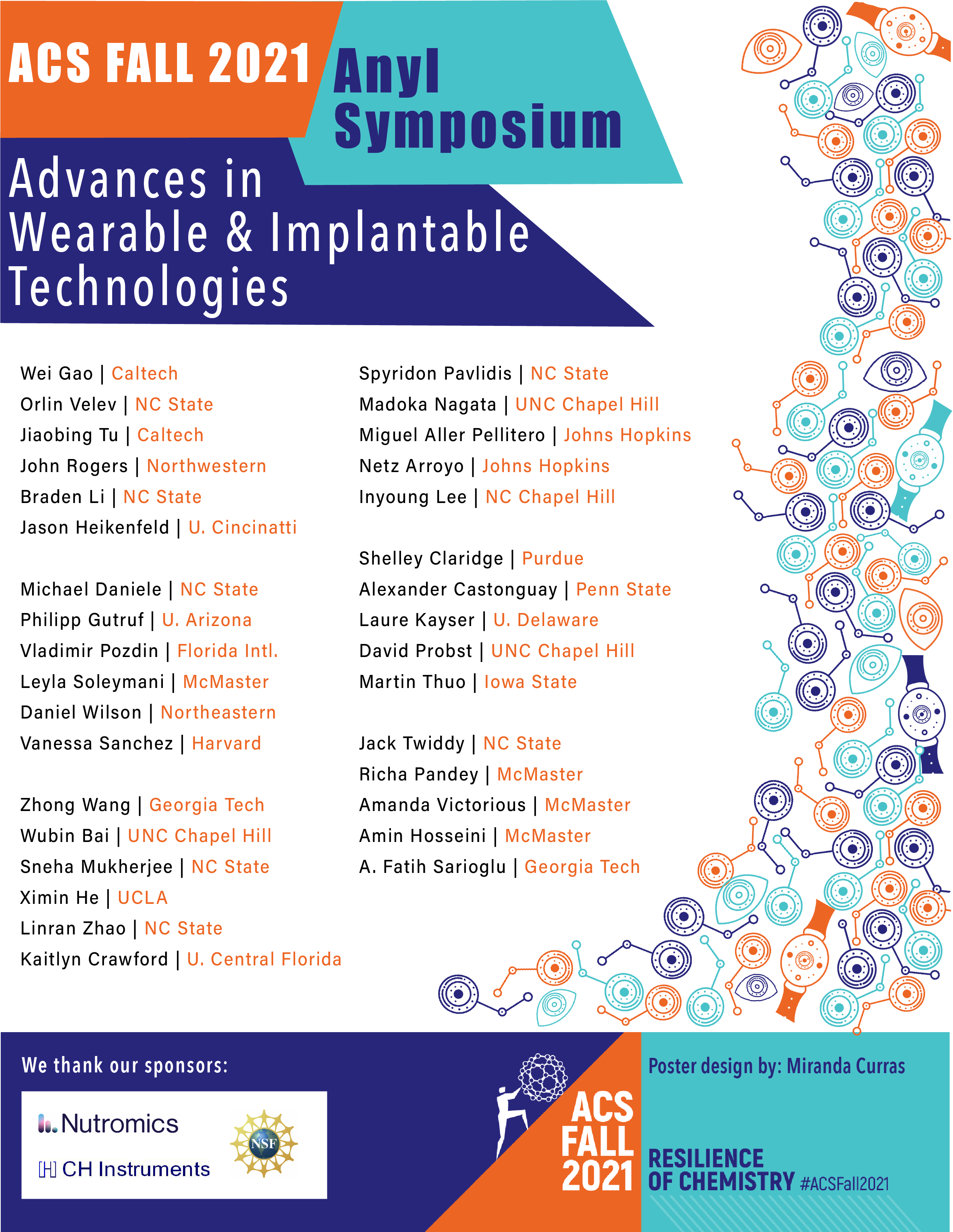
Leila Deravi, Miguel Pellitero, Michael Daniele, and Netz Arroyo are leading this symposium hosting leading experts from the fields of wearable and implantable technologies. Join the conversation! https://www.acs.org/content/acs/en/meetings/acs-meetings/agenda/preliminary-technical-program.html
Congratulations to J.D. Mahlum from @LabNetz for receiving a poster award from the Society of Electroanalytical Chemistry (SEAC)!!! #love_echem
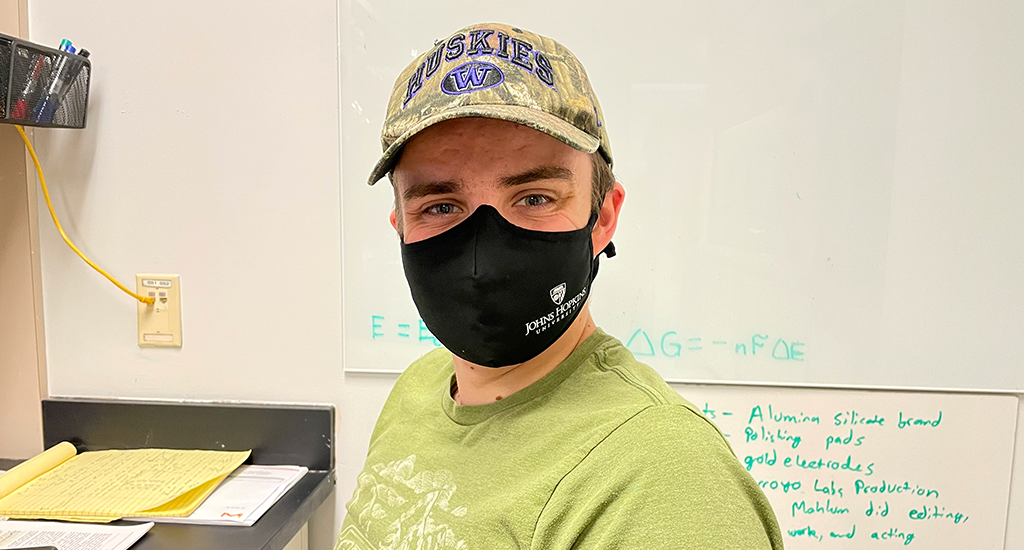
We also congratulate the other student recipients: Nicole Tarolla (Dick lab), Adolfo Romo (Rodriguez-Lopez lab), and Blaire Troudt (Buhlmann lab)!!!
Netz Lab wishes all of our friends a happy Earth Day 2021!

Go out there for a walk, meditate with the breeze on your shoulders, have a socially distant conversation under the sun, or do something to help us protect the planet! Netz Lab is strongly committed to the well being of our society and our beautiful planet earth. We donate to the Nature Conservancy Society and […]
The Netz Lab Diversity, Equality, and Inclusion Action Plan draft is now posted in our website.

This is a living document that we will continuously update and refine to strengthen our commitment to inclusion.

